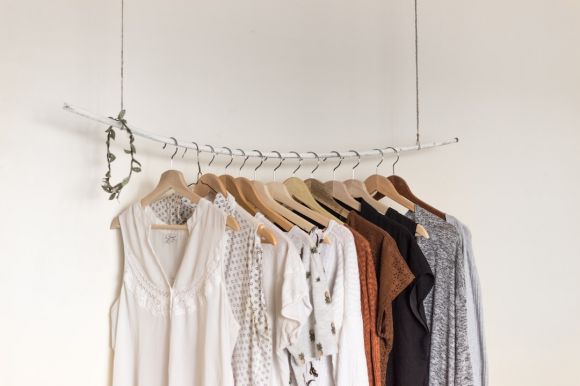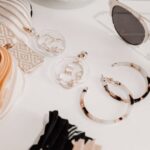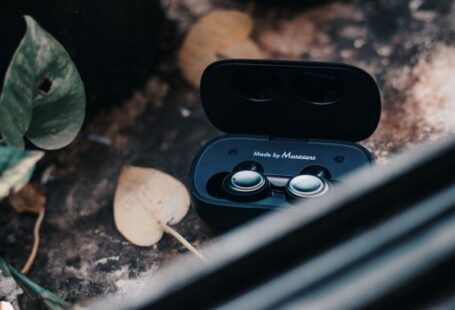Finding the perfect fit when shopping for clothes can be a daunting task. With so many different brands and sizing charts, it’s easy to get overwhelmed. But fear not! Our comprehensive size guide is here to help you find your perfect fit, ensuring that you look and feel your best in every outfit.
Understanding Sizing Charts
Sizing charts can vary between brands, making it essential to familiarize yourself with each specific chart before making a purchase. Each brand has its own measurements for different sizes, so don’t assume that a size small in one brand will be the same as a size small in another. Take the time to measure yourself accurately and compare those measurements to the brand’s size chart to determine your best fit.
Taking Accurate Measurements
To ensure accurate measurements, use a flexible tape measure and have a friend assist you. Start by measuring your bust, waist, and hips. For your bust, wrap the tape measure around the fullest part of your chest, ensuring that it is parallel to the ground. For your waist, measure the narrowest part of your torso, usually an inch or two above your belly button. Finally, measure your hips at the widest part of your lower body, ensuring that the tape measure is level and not too tight.
Choosing the Right Size
Once you have your measurements, it’s time to find your perfect size. When in doubt, it’s generally best to size up rather than down, as it’s easier to take in a garment that’s slightly too big than to let out a garment that’s too small. Additionally, consider the fabric and style of the garment. Some materials may have less stretch, so you may want to size up for a more comfortable fit. If you’re unsure, it never hurts to consult the brand’s customer service or read reviews from other customers to get a better sense of how the item fits.
Understanding Fit Terminology
Understanding fit terminology can also be helpful when determining your perfect size. Terms like “relaxed fit,” “slim fit,” or “oversized” can give you an idea of how a garment is intended to fit. If you prefer a looser fit, opt for a relaxed or oversized style. If you prefer a more tailored look, go for a slim fit. Keep in mind that these terms can vary between brands, so always refer to the specific brand’s description or size chart for the most accurate information.
Trying On and Adjusting
Once your order arrives, don’t be afraid to try on the items and make adjustments if necessary. Pay attention to how the garment feels and looks on your body. If it’s too tight, consider sizing up or exchanging for a different size. If it’s too loose, you may need to size down or make alterations. Remember that everyone’s body is unique, and what may work for someone else may not work for you. Trust your instincts and choose the size that makes you feel the most confident and comfortable.
Conclusion: Find Your Perfect Fit
Finding your perfect fit doesn’t have to be a stressful experience. By understanding sizing charts, taking accurate measurements, and considering fit terminology, you can find the size that flatters your body and makes you feel amazing. Don’t be afraid to try on and make adjustments if needed. Remember, it’s not about the number on the label; it’s about how you feel in the clothes you wear. With our size guide in hand, you’ll be well on your way to finding your perfect fit every time you shop.





